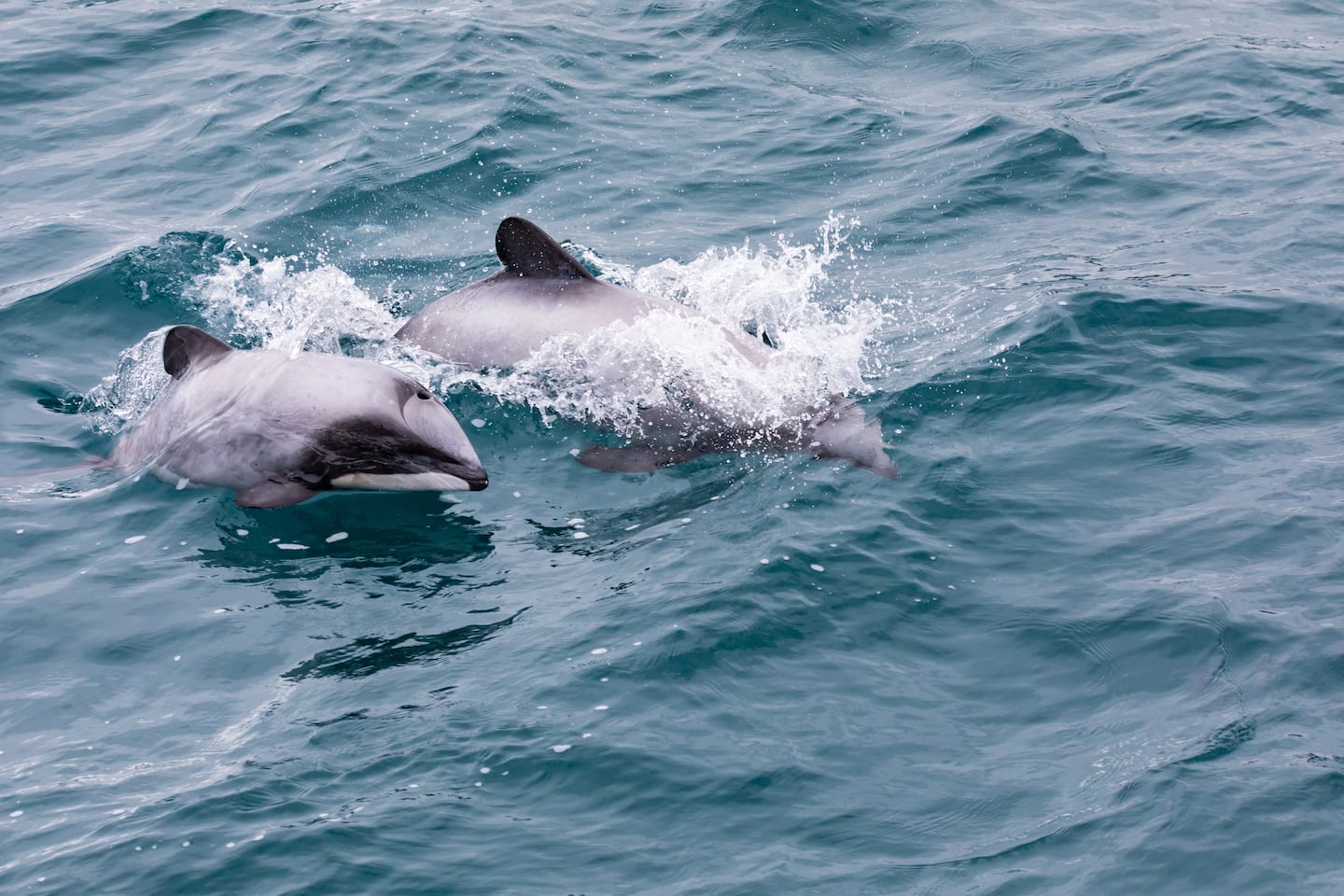This article was first published by RNZ.
Three-hundred large marine protected areas (MPAs) offshore need to be established in the next six years - and 190,000 in small coastal areas - if 30 percent of the world’s ocean is to be protected by 2030, according to a new study.
The goal of protecting 30 percent of the ocean by 2030 was made at the UN Convention on Biological Diversity Conference (COP15) in December 2022.
Currently, 8.2 percent of the ocean is under some form of protection, but only 3 percent of this number is highly protected, the report by Dynamic Planet and National Geographic Pristine Seas said.
Dynamic Planet chief executive and lead author for the report Kristin Rechberger said 85 MPAs would need to be made daily from the beginning of next year to reach the goal.
“It is overwhelming and at the same time we know how to do it,” she said.
Rechberger said most national governments don’t allow for community-based MPAs.
The study argues MPAs should be implemented as a private business, and managed by shareholders, including fishers and tourism operators.
For every dollar put into an MPA $10 is generated, with both tourism and fishing improving, the report said.
“There’s dive tourism inside the reserve and then the spillover replenishes the fisheries outside,” Rechberger said.
“If those stakeholders got together and figured out the timing of that replenishment, both would benefit and there’s bridge financing, like philanthropy available.”
Some MPAs could be much more effective, Rechberger said.
“There is bottom trawling in some coastal marine reserves.
“If you’re doing extractive activities in a marine reserve it’s not replenishing as well as it could if it were allowed to fully heal.”
There was a concern that more “paper parks” would be made, as governments rushed to reach the UN goal but did not fully protect the MPA, she said.
When asked if she thought 30 percent of the ocean would be protected by 2030, Rechberger said some progress had been made.
“I think some countries will make more than others and some have already done it.
“There are those that have a ways to go and I think one of the things that we want this study to do is really raise ambition.”
By Caleb Fotheringham of RNZ.


